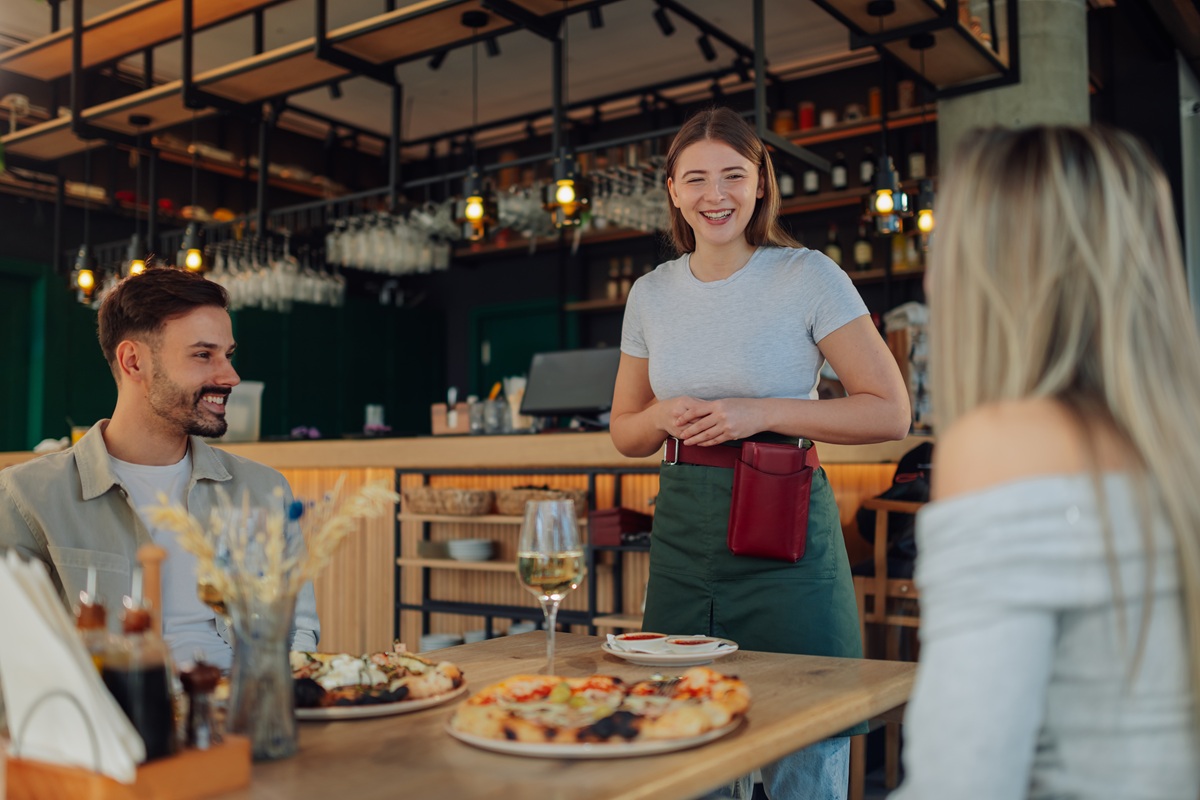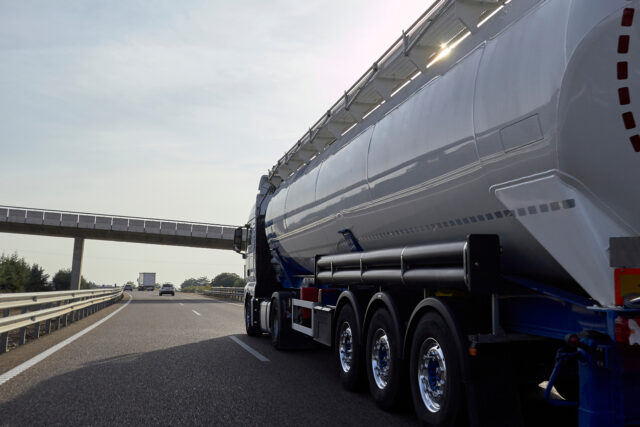November 07, 2025
Increasing Restaurant Spend Per Head in a Tough Economy: Changing Mindset and Strategy

Achieving resilience through a difficult economy and growing out of it on the other side is not an easy feat. Sure, some restaurants and pubs strike it lucky. They seem to have that holy-grail location and solid customer base; a great menu, venue and service; and, better yet, repeat business, resulting in revenue and growth. But, that’s not the case for many businesses. Despite their food and beverage proposition, excellent ambience and service, they just aren’t pulling in customers.
What is the problem?
Patrick Clover, Founder, Stampede explains how restaurants, pubs and hospitality businesses can promote themselves more strategically to drive customer acquisition, loyalty and revenue.
Despite the tough challenges that the economy presents, the promise of consumer spending is on the horizon.
Consumer Spend on the Increase
According to Heineken UK’s eazle tools, 90% of hospitality businesses cite rising costs as a common concern. The evidence of this is seen across the economy: hikes in National Insurance Contributions and minimum wages – all causing concern for many.
Further, the UK’s Office for National Statistics (ONS) reports UK inflation held its own at 3.4% – saying, too, that food prices have jumped. This impacts many pubs, bars and restaurants’ ability to survive and grow. For instance, the accounting firm Price Bailey says that 67 pubs closed during April, and that 20% of pubs are technically insolvent.
Despite these challenges, many British people are spending more disposable income than a year ago. Research from Bauer Media Outdoor says 38% of consumers have increased non-essential spending. So, while there is hardship in the economy, there is still promise.
And, perhaps, ‘right now’ is the perfect the time for restaurants, pubs and hospitality businesses to reassess how they can acquire new customers and build lasting relationships with existing customers, leading to repeat business. Take EXA25 winner Dishoom driving growth through a strong employee experience.
Facing up to Date Customer Acquisition and Loyalty Strategies
An unfortunate truth, though, is that many pubs and restaurants don’t have a solid, strategic customer acquisition and guest engagement strategy. They might have spent time developing a wonderful food and drink offering, and a fantastic atmosphere within their establishment – all of which are necessary contributing factors for success.
However, many businesses pin long-term growth on a combination of haphazard, unfocused, wasteful customer outreach tactics that include leafletting; basic or meaningless social media postings on the likes of Instagram, Facebook and TikTok; and traditional ‘word-of-mouth’ marketing.
This is no longer good enough today. Without a well-thought-out and current customer acquisition and engagement strategy, that supports today’s modern customer and their needs, sadly, many businesses will fail.
The industry analysts IDC announced recently that worldwide smartphone shipments are forecast to grow 0.6 percent year-over-year (YoY) to 1.24billion units. While the Institute of Practitioners in Advertising (IPA) says that, for the first time, people in the UK are spending more time using their mobile phones instead of watching TV.
‘Traditional’ ecommerce marketers appreciate the potential to reach new and existing customers through digital marketing channels with sophisticated customer acquisition and retention strategies. Similar synergies can apply to hospitality businesses. Perhaps it’s time for restaurants and pubs to re-evaluate how they can access growth in the same way?
A New Approach to Customer Engagement
This is where a sophisticated approach towards customer acquisition and retention, along with the use of appropriate guest engagement technologies, helps. While many hospitality businesses use email, text and social media to generate guest reservations, many of these systems operate independently with disparate data sets. This makes managing data complicated for business owners. It is possible to improve this situation and re-engineer marketing to take a more strategic approach, with a system that unifies customer information.
This enables restaurant, pub and bar operators to access customer data more effectively, in order to engage with them more profitably. Alongside this, it’s important for brands to consider whether their entire customer journey is branded when communicating with customers. Creating a memorable, branded, customer journey that includes all the major digital points like guest Wi-Fi, social media, and targeted email as a minimum, supports growth. Further, putting these steps in place sets hospitality businesses up to deliver personalised marketing more effectively. The results of which could lead directly to more revenue and positive reviews online – all made possible by guest data and a strategic approach.
While traditional ‘word of mouth’ and some kinds of social media posts continue to have their place, is this really enough in today’s data-led, digitally focused landscape? Although there are mixed reviews about consumer confidence and spend, there is enormous untapped opportunity to connect strategically with customers through mobile devices and digital channels to drive revenue, loyalty, lifetime value and, ultimately, business resilience.




